3 Ways to Teach Our Children About Bible Translations and How (and How Not) to Use Them
The Nature of Rest
What the Bible and Creation Teach Us About Sabbath Living
Intentional Parenting
Nature Studies
Apologetics
Adventure
Free Resource
Entrepreneurship
Homeschooling
Faith
Books
Categories
Master Naturalist, Bible teacher, author, wife, and mama of four! Join our adventures of discovering God while adventuring in creation.
I'm Eryn
Hey there!


Listen Now
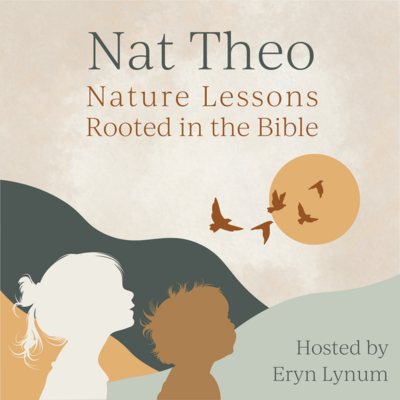





Order now
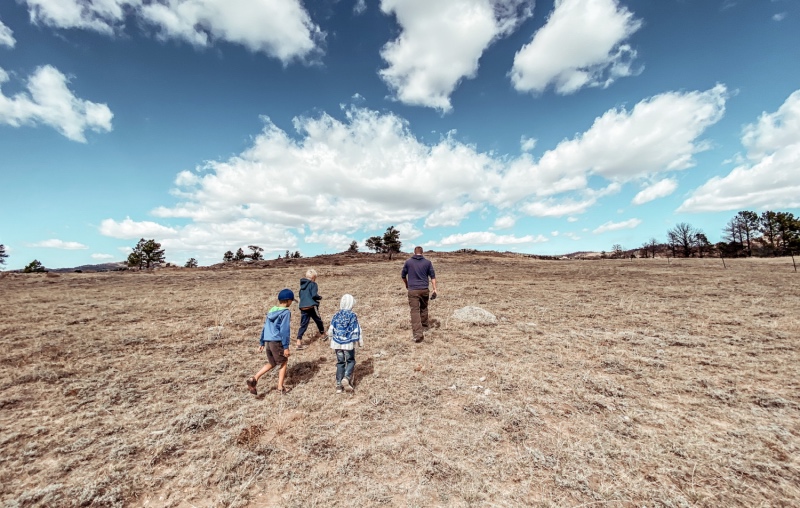

“Why do they change words in some Bibles?”
I could sense the skepticism in my son’s voice, a new tone carried throughout his questions in recent days. It’s uncomfortable, yet welcome. I asked him for it, really, when I opened this semester with a challenge that he dissect his faith, make it his own. In his question I hear a perceived inconsistency, he’s seeing gaps, looking for what to fill them with.
“That’s a good question,” I assure him, “can you go grab my Bible?” He does, and I set it next to his own. Pointing to the little letters on each one, “NIrV,” and “NASB.” Beneath my breath, I shoot off a prayer for wisdom and words. I read a verse out of our day’s devotional, but from each Bible.
In their Bible I read, “Here is the story of Noah’s family line. Noah was a godly man. He was without blame among the people of his time. He walked faithfully with God.”
Next I open my Bible to the same verse and read, “These are the records of the generations of Noah. Noah was a righteous man, blameless in his time; Noah walked with God.”
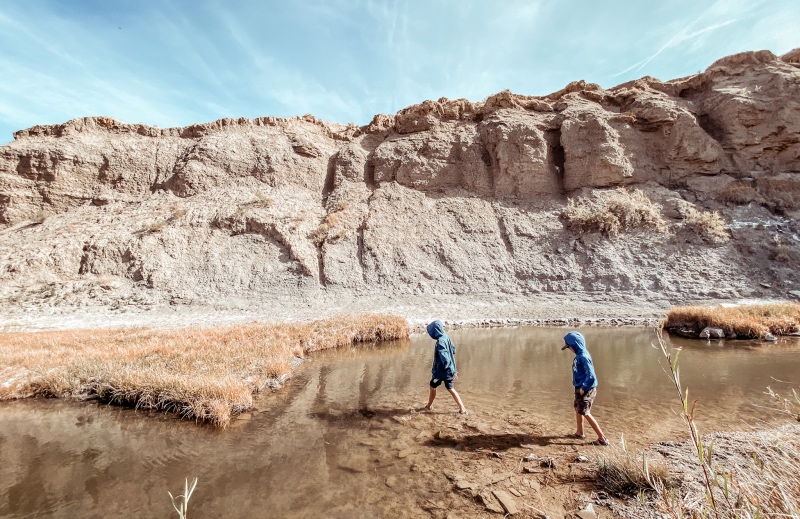

We talk about the different words used, “story,” and “records.” “godly,” and “righteous.” The boys agree the verses mostly mean the same thing. Then, I backtrack.
“When I wrote my book, did I write it in Spanish?”
My three boys look back at me. Over the past few years they have watched me write and publish, helped me pack boxes, attended speaking events, listened to me on the radio. They’ve second-hand published for years now.
“No,” my oldest responds with a smile.
“No!” I agree, “I don’t know Spanish! Did I write it in German?”
Each of the boys laugh now. “No!” they respond between giggles.
“Nope. I don’t know German. Did I write it in Swahili?”
This question draws the most laughter as they repeat the fun new word, “Swahili.”
“No, I don’t know Swahili either. What language did I write my book in?”
“English.” responds my oldest.
“Yes! I wrote it in English because that is my language. It is the same with the Bible.” I point their gaze back to the books in my hands. “When God inspired the writers of the Bible, they wrote down God’s words in their own languages. It is all part of written history. Since then, people have worked at translating those words into other languages, so we can all understand God’s Word. However, if we want to really get back at the original meaning, we can go to the original language it was written in. Here, come here…”
I welcome my boys to my side. Together we lay on the carpet and I point them to the notes in the study Bible my father handed me twelve years ago, the week I moved out to attend Bible college. I show my boys the underlined words, and the numbers which correspond to a list of words in the back. I teach them how I use these numbers to track down the original meaning of the words, and how those words are used elsewhere in the Bible. I shoot off another prayer, this one of thanks, and we move on to math.
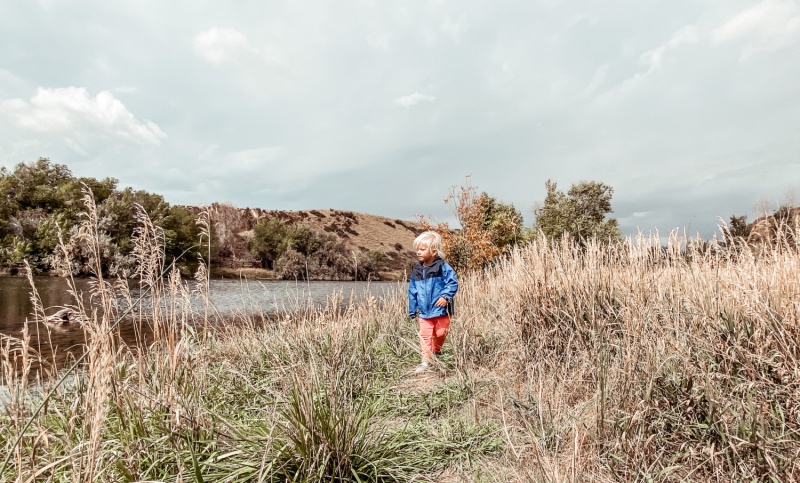

My boy’s question this week revealed an opportunity. I’m realizing how his maturing understanding of the world is producing new questions, and how those questions can often highlight an inconsistency in his mind. In this case, he was seeing different Bibles, not different languages. As parents, we can identify those inconsistencies and lean in to the questions in our children’s minds. In doing so, we can build a stronger foundation for their faith, one built upon facts and evidence. Here are three ways to teach our children why the Bible has different translations, and how (and how not) to use them.
1. Play “Spot the difference”
From the earliest years, our children are trained to “spot the difference” in picture books. They are also taught by early elementary grades what a “synonym” is. With these two building blocks, we can show our children how different translations of the Bible use different words. When you look at a verse with your child, try reading it from three different translations. Don’t be afraid to use more “difficult” translations. Instead, use the opportunity to introduce them to more nuanced language, while lending context from simpler translations. You can use the New Century Version (NCV) for simpler words, and pair it with the New American Standard Version (NASB) and English Standard Version (ESV) for more accurate translations. I often use Biblegateway.com to compare translations side-by-side. Play “Spot the difference” once a week by looking at one verse in three translations, and discussing the differences, and why each word might be used.
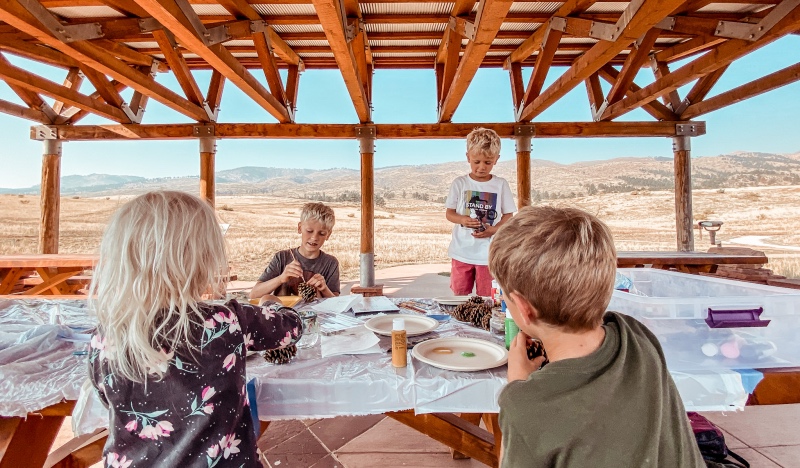

2. Identify the gap between a translation and a paraphrase
Many versions of Bibles today are mistakenly viewed as a translation when they are actually a paraphrase. What is the difference?
A translation is an undertaking by a team of people who are working from the original language of the Bible to communicate it in a different language.
A paraphrase is usually an undertaking by an individual who is re-wording the Bible into modern language. Much less care is given to the original intent of the Bible, and thus a paraphrase should not be used for biblical research, and should not be considered biblically accurate, but rather used like a commentary, or someone’s individual thoughts on Scripture. The Message, and The Living Bible are common paraphrased versions.
A hands-on way to teach your child the difference in these approaches is to have them write their own paraphrase of verses. Help them choose a verse, read that verse with them, then ask: “how could you write about this verse in your own words?” Explain to them this is called a “paraphrase.” This practice, along with the “Spot the difference” game above, should provide structure for their understanding the difference between a translation and paraphrase.


3. Dig into the original language
It does not take a degree in linguistics or proficiency in Greek to use the original language of Scripture. Trust me — Greek is the only class I failed in Bible school! (Ok, it might have something to do with distraction. That was also the only class I took with my now husband…) However, throughout Bible school they taught us simple techniques and tools everyone can use for digging into the original language of God’s Word. Today I use a Strong’s Concordance Study Bible. For all the key words in verses, there is a corresponding number (like a map key), to the original Greek or Hebrew word in the back. I can find my word, and see what other definitions are used for that same Greek or Hebrew word, and how it is used throughout Scripture. The Eliyah Online Lexicon is an online tool which also uses the Strong’s concordance. With your child, do this practice, then continue once a week with a different verse:
1. Go to https://www.eliyah.com/lexicon.html
2. In the top bar, look up Psalm 27:1, hit “Search!”
3. The search will bring up Psalm 27:1 and its surrounding verses. Find Psalm 27:1. Take time to click through the key words. In example, for “Light” it shows the Strong’s number “H216” click that number to see the Hebrew word, and other definitions and uses for it. There will be a lot of information given on the original word, the most helpful boxes might be: KJV Translation Count, (which shows other ways the word are translated), Outline of Biblical Usage, and Strong’s Definitions.
You will find words like: morning, sun, illumination, light of instruction. Go back to Psalm 27:1, and continue that practice for the Strong’s words for “salvation,” “strength,” and “life.” You can even have your child write the definitions down on a piece of paper:
Light: morning, sun, illumination, light of instruction
Salvation: safety, rescue, welfare
Strength: fortress, refuge, stronghold, harbour
Life: active, reviving, sustenance, renewal
Each week let your child practice looking up a new verse and digging into the Greek or Hebrew roots.
Through these practices, our children can, as we read in 1 Peter 2:2, “long for (desire, pursue with love) the pure milk of the Word, so that by it you may grow (augment, increase) in respect to salvation.”


learn more
Raising kids stirs something deep in our souls — an innate knowing that our time is finite. Taking my kids outside in creation, I’m discovering how to stretch our time and pack it to the brim with meaning. God’s creativity provides the riches of resources for teaching the next generation who He is and how He loves us. Join our adventure and discover inspiration and resources for refusing rush, creating habits of rest, living intentionally, and making the most of this beautiful life!
I'm Eryn, Master Naturalist, Author, & Bible Teacher
Hey there!
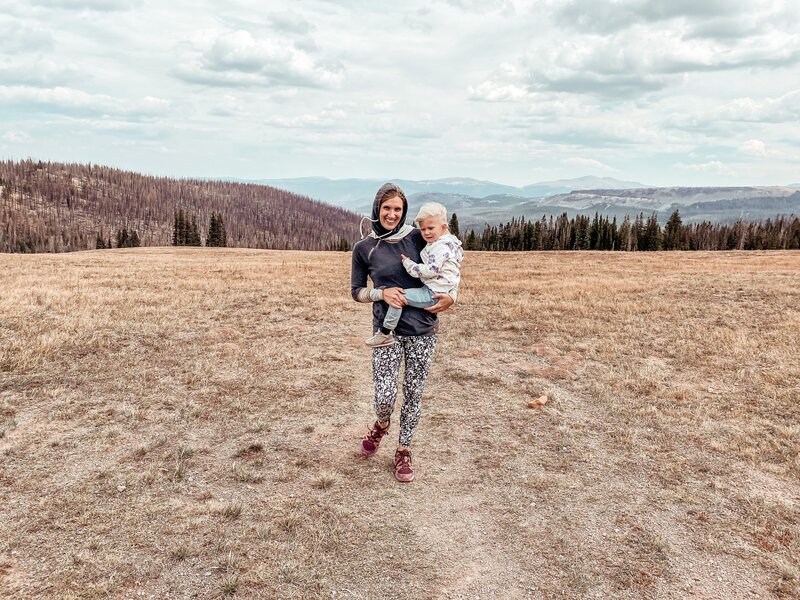

Receive free inspirational resources for refusing rush, creating habits of rest, parenting with intentionality, and teaching our kids who God is through what He has made!
Inspired
Be
Brand + Website by Amarie Lael Design | TERMS & CONDITIONS + PRIVACY POLICY | Copyright 2011 - 2025 Eryn Lynum
Contact
Speaking & media
About
Books
Shop
Videos & Interviews
Email List
Stories
Free Downloads
Resources
Home
@erynlynumauthor


The Nature of Rest
What the Bible and Creation Teach Us About Sabbath Living
Now Available!
Order
X
Signed Copy
Really love this Eryn!!